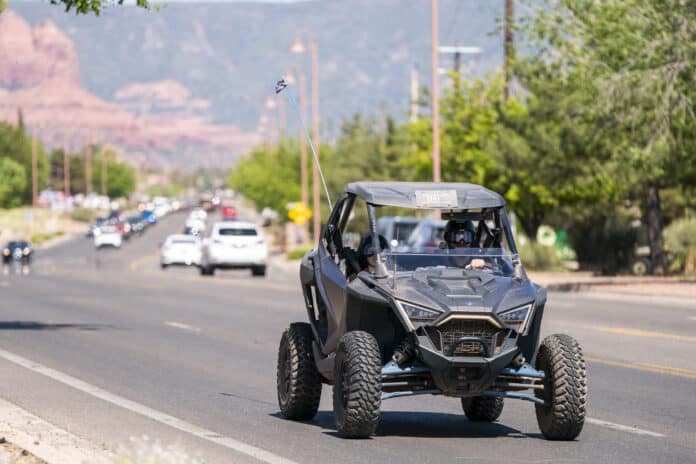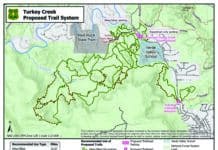
The Greater Sedona Recreation Collaborative, an unofficial group of environmentalists and civil servants who are committed to restricting off-highway vehicle use, released its recommendations for further limiting OHV use in the Sedona area as a 237-page report on March 28.
The group’s meetings were closed to the public.
The report’s executive summary stated that the group achieved full consensus on agreeing to increase OHV education, enforcement and signage and to coordinate mitigation efforts with the Red Rock Off-Highway Vehicle Conservation Crew, and consensus among most participants to conduct long-term system planning and create OHV speed limits and a permit system for OHVs operating on U.S. Forest Service lands.
The report included additional data on OHV noise collection from Memorial Day Weekend 2023, which confirmed the results of the city of Sedona’s two previous studies on OHV noise.
Measurable noise levels generated by OHVs continue to fall below the 90 decibel threshold at which long-term hearing damage can occur.
The GSRC members acknowledged that banning OHVs, paving forest roads and taking dust abatement measures were not viable solutions to a perceived OHV overuse problem due to cost, workload and jurisdictional issues.
Fifty of the report’s 237 pages were devoted to examples of statewide legislative changes proposed by GSRC, which included banning the operation of OHVs by those under the age of 18; allowing cities or counties to set lower noise limits for OHVs on certain streets that could exclude them from using those streets; and requiring anyone operating an OHV to take a mandatory training course and obtain an OHV driver’s license separate from their existing driver’s license.





















